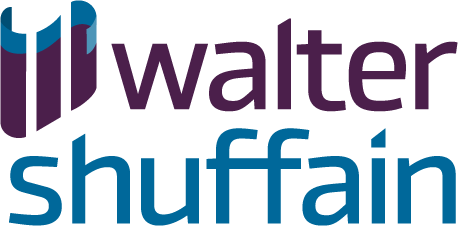Family offices need to understand the definition of a custody and the many arrangements that are possible. In this blog post, we will review the definition of custody, overview the different types, and how they affect your business.
Definition of custody
On December 30, 2009, the SEC released amendments to Rule 206(4)-2. The amendments modernized the rule and also defined “custody.” In general, an RIA is deemed to have “custody” if it holds “directly or indirectly, client funds or securities or [has] any authority to obtain possession of them.” The final rule illustrates examples under which an adviser has custody of client fund or securities:
- Possession of client funds or securities (even briefly)
An adviser that holds a client’s stock certificates or cash, even temporarily, puts those assets at risk of misuse or loss. The amendments, however, expressly exclude inadvertent receipt by the adviser of client funds or securities, so long as the adviser returns them to the sender within three business days of receiving them. The rule does not permit advisers to forward client’s funds and securities without “custody,” although advisers may assist clients in such matters. In addition, the amendments clarify that an adviser’s possession of a check drawn by the client and made payable to a third party is not possession of client funds for purposes of the custody definition.
- Ability to withdraw funds or securities from a client’s account
An adviser with power of attorney to sign checks on a client’s behalf, to withdraw funds or securities from a client’s account (access to client user ID and password), or to dispose of client funds or securities for any purpose other than authorized trading has access to the client’s assets.
- Legal Ownership of, or access to, the client funds or securities
If an employee of an advisory firm serves as a trustee to a firm client, the role of trustee is imputed to the advisory firm. Another common instance is a firm that acts as both general partner and investment adviser to a limited partnership.
Structuring Family Offices for Investment Adviser Compliance
The use of family offices is on the rise, with more and more families using them to diversify their investment portfolios. This can be accomplished through a small circle of peers or traditional investors like institutions and personal networks.
If you are running a family office, it is important to understand all the different regulations and exemptions that could impact your structure or operations. This is especially true for compliance with investment adviser laws.
There are three exclusions to be aware of:
- The family office must only have one type of client, the “family clients”.
- The family office must be fully owned by one or more people in the same family, and they must control it directly or indirectly themselves.
- The family office will not represent or offer investment advice to the public as an investment adviser.
If you do not qualify for the family office rule and are deemed to have custody, it is important to have a conversation with your CPA. Quite often, family offices mistakenly think they are excluded. Contact us for more information and assistance.
